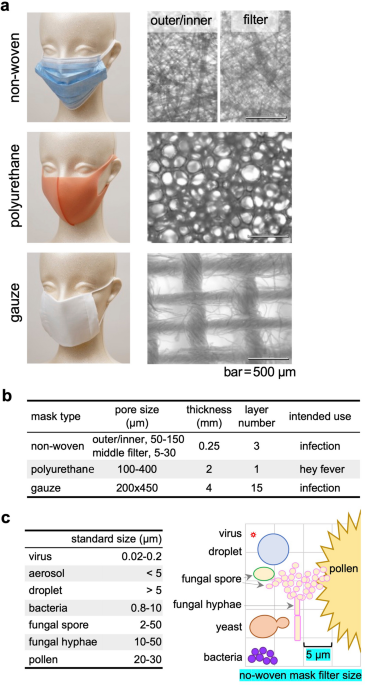You are using an out of date browser. It may not display this or other websites correctly.
You should upgrade or use an alternative browser.
You should upgrade or use an alternative browser.
Human Genocide Alert
- Thread starter Roms
- Start date

Bacterial and fungal isolation from face masks under the COVID-19 pandemic - Scientific Reports
The COVID-19 pandemic has led people to wear face masks daily in public. Although the effectiveness of face masks against viral transmission has been extensively studied, there have been few reports on potential hygiene issues due to bacteria and fungi attached to the face masks. We aimed to (1)...
They always ride first class. Grotesque is in Coach.Buffoon in first class

Buffoon - Commedia School.
Menu The School About Us Teaching Staff Theatre Styles Buffoon & Grotesque Cabaret Clown Commedia Dell’Arte Mask Melodrama Storytelling Tragedy Courses Full Education Short modules Workshops Gallery Photo Gallery Video Gallery Apply Apply – Courses Apply – Workshops Contact Facebook Instagram...
What's irony?After stating that’Israel would suffer « the wrath of’Allah », Bitmez fell steep dead.
Considerable thought is given to what events constitute “true” irony, and the dictionary is often called upon to supply an answer. Here are the facts about how the word irony is used.
Irony has two formal uses that are not as common in general prose as its more casual uses. One refers to Socratic irony—a method of revealing an opponent’s ignorance by pretending to be ignorant yourself and asking probing questions. The other refers to dramatic irony or tragic irony—an incongruity between the situation in a drama and the words used by the characters that only the audience can see. Socratic irony is a tool used in debating; dramatic irony is what happens when the audience realizes that Romeo and Juliet’s plans will go awry.
The third, and debated, use of irony regards what’s called situational irony. Situational irony involves a striking reversal of what is expected or intended: a person sidesteps a pothole to avoid injury and in doing so steps into another pothole and injures themselves.
Excess and Exiguous Deaths Dashboard in Japan

日本の超過および過少死亡数ダッシュボード
このダッシュボードでは、日本国内の新型コロナウイルスの感染流行期(2020年1月以降)およびそれ以前の期間(2017-2019年)における超過および過少死亡数の算出値を表示しています。地域や期間を選択することにより、興味がある地域・期間における超過および過少死亡数を表示させることが可能です。
GenghisKush
Well-known member
Bluetooth antenna in blood of covid injected people
Bluetooth is based on radio with frequencies at 2.45 GHz. Divide the speed of light by 2.45 GHz and you get 122 mm, the typical size of bluetooth antenna. With some clever engineering these antennas can be made as small as about 14 mm, an order of magnitude reduction! Red blood cells have diameters no larger than 0.009 mm, white blood cells have diameters no larger than 0.015 mm. To have bluetooth antennas in blood cells would require 5 (five) additional orders of magnitude of clever engineering to create so tiny a structure that is resonant at 2.45 GHz with more than 100 MHz bandwidth and more than 50% efficiency. (That's the literal definition of a bluetooth antenna: "Any structure that is resonant at 2.45 GHz with bandwidth more than 100 MHz and efficiency >50% can be considered a Bluetooth antenna.") It's not a thing that exists because the very idea is nonsense. If you actually wanted to send messages to/from a cell-sized thing, you would use a wave with a cell-sized wavelength. The problem with that is the human body is mostly water, and liquid water strongly absorbs radiation at these wavelengths.
In summary: Bluetooth bloodcell antennae is a laughable idea appeals only to the arrogantly, confidently, defiantly ignorant.
Happy new year, bitches.
Sincerely,
J. C. Lizard
Latest posts
-
How much Thrust do the Exhaust Headers on a 2000 horsepower car generate ?
- Latest: Lester Beans
-
-
-
Latest posts
-
How much Thrust do the Exhaust Headers on a 2000 horsepower car generate ?
- Latest: Lester Beans
-
-
-

/https://tf-cmsv2-smithsonianmag-media.s3.amazonaws.com/filer/25/9b/259ba62e-9cdf-474b-87db-f49fcc6aafa9/gettyimages-98521850.jpg)

